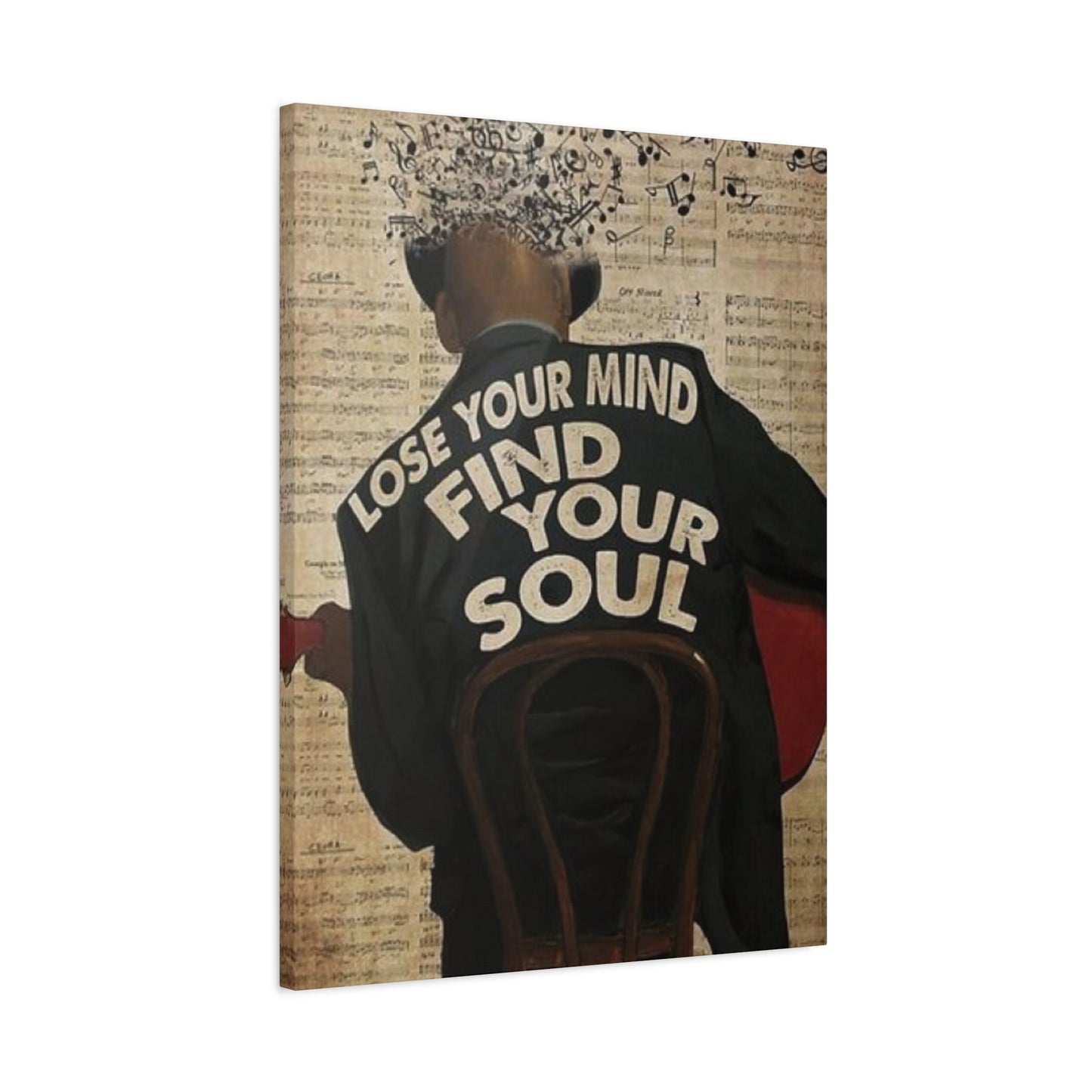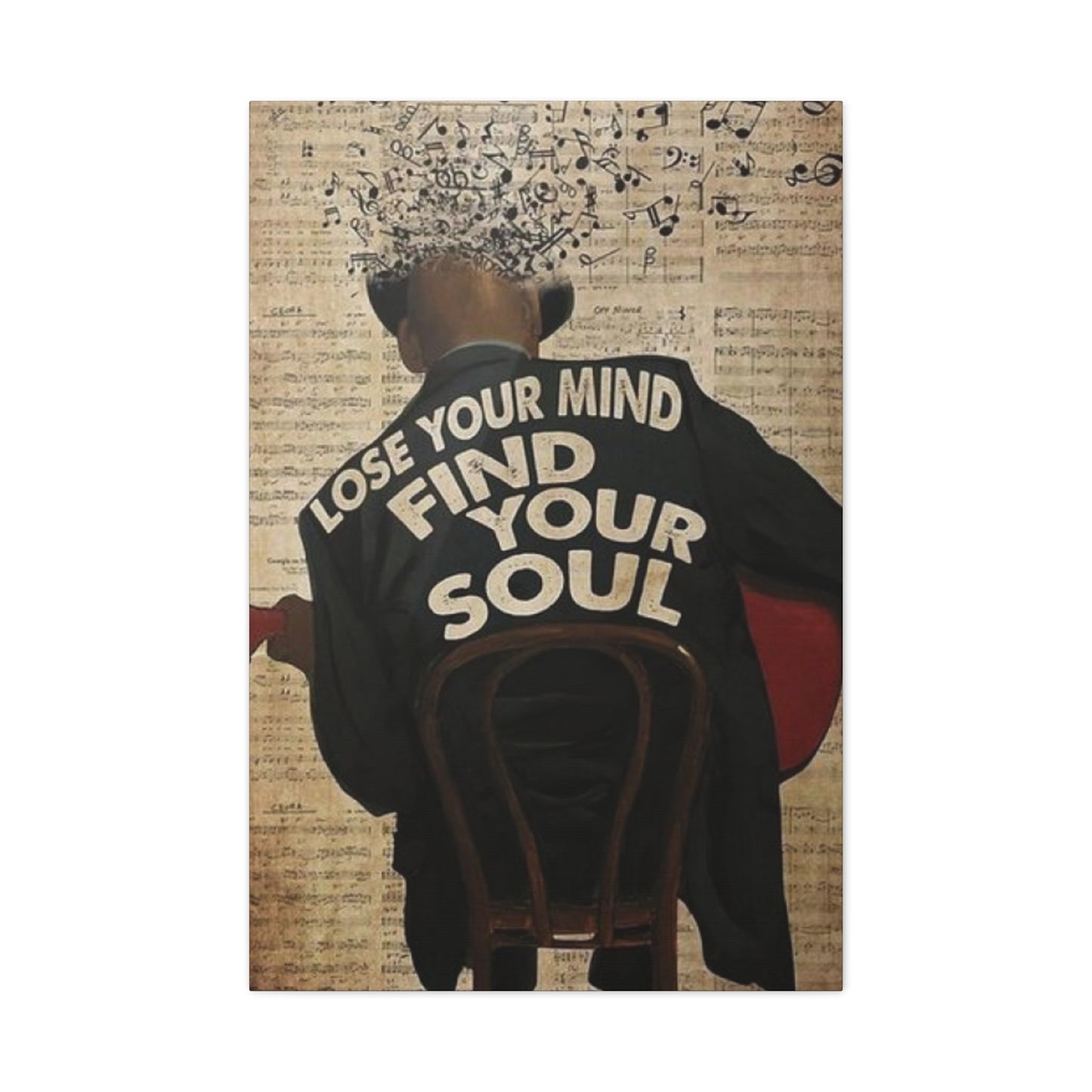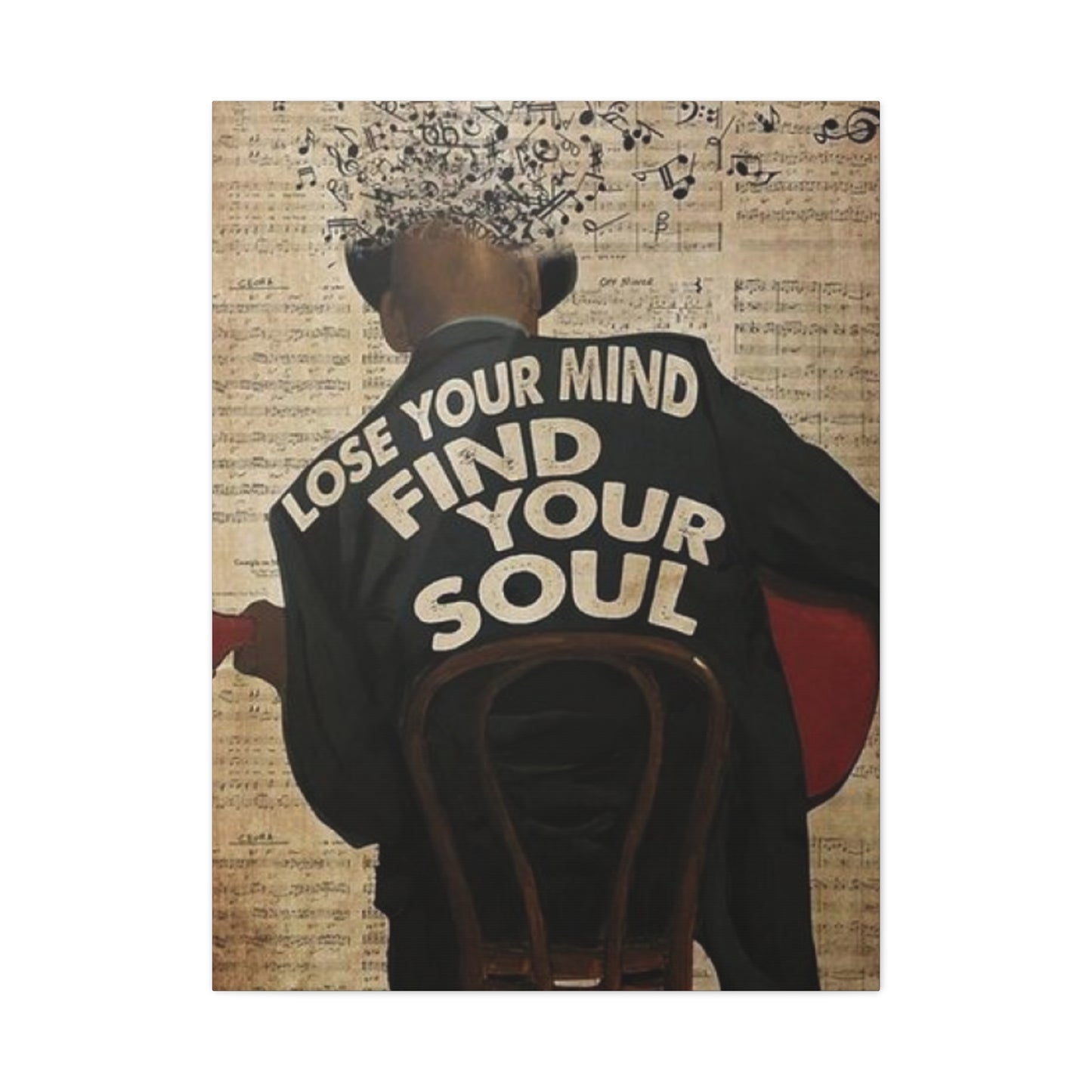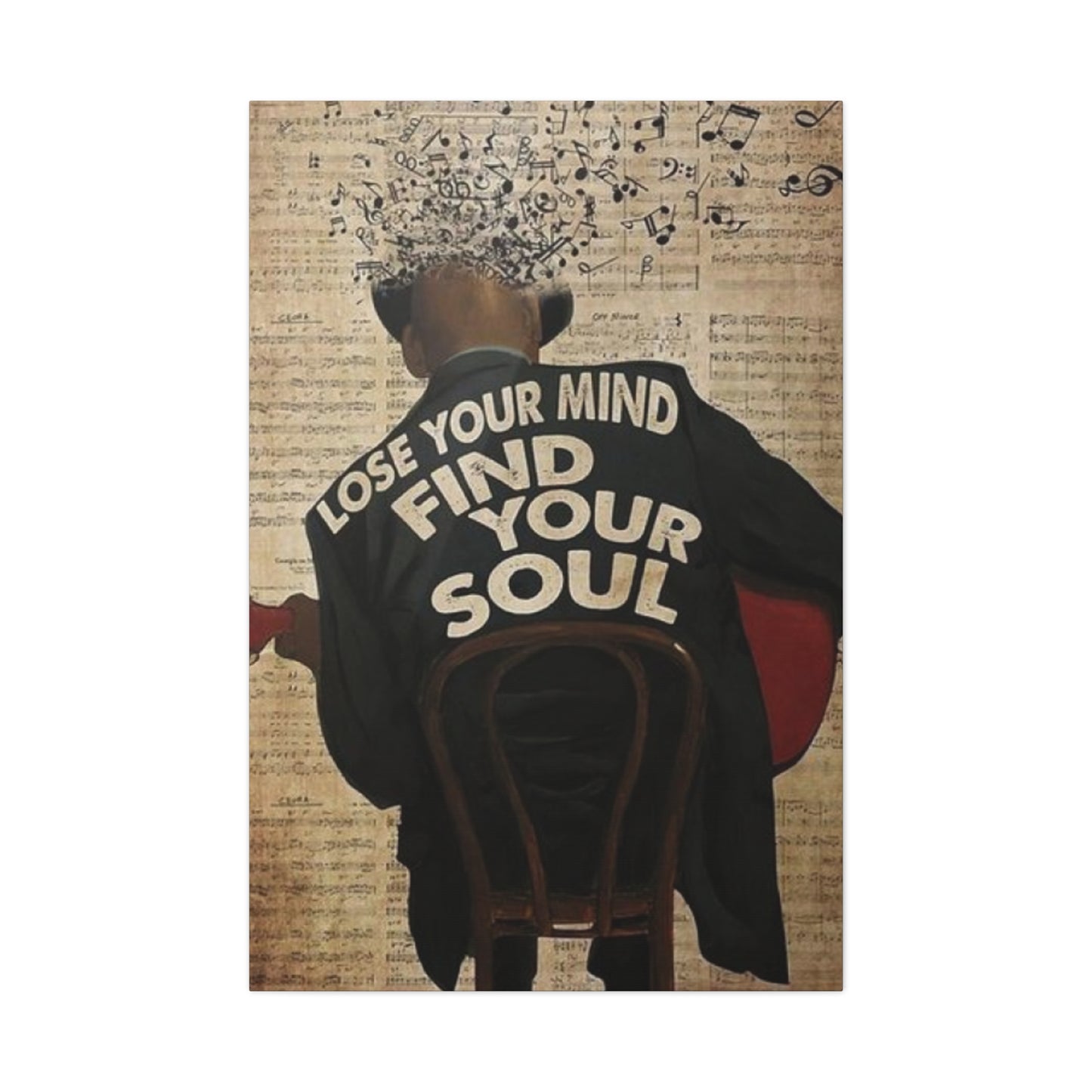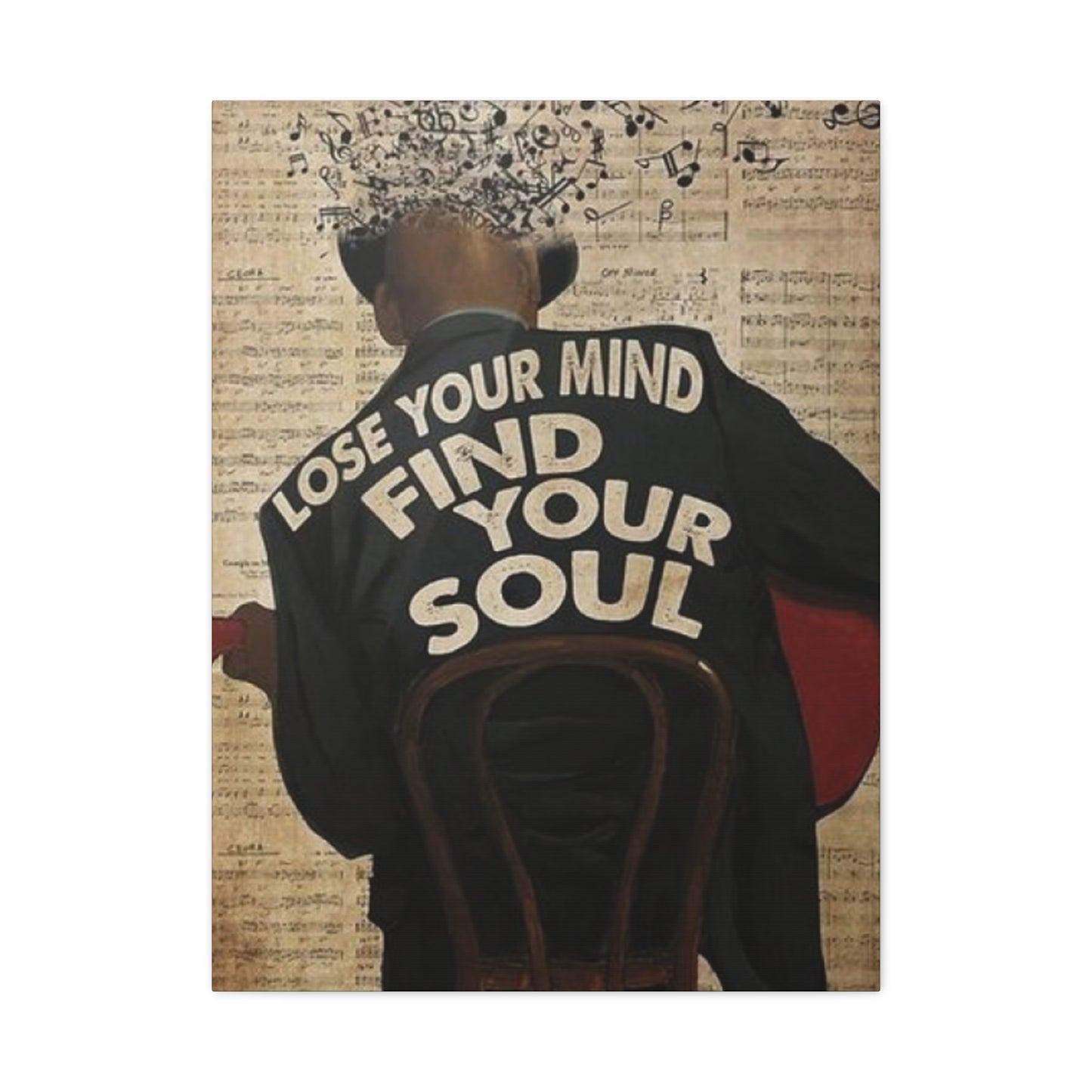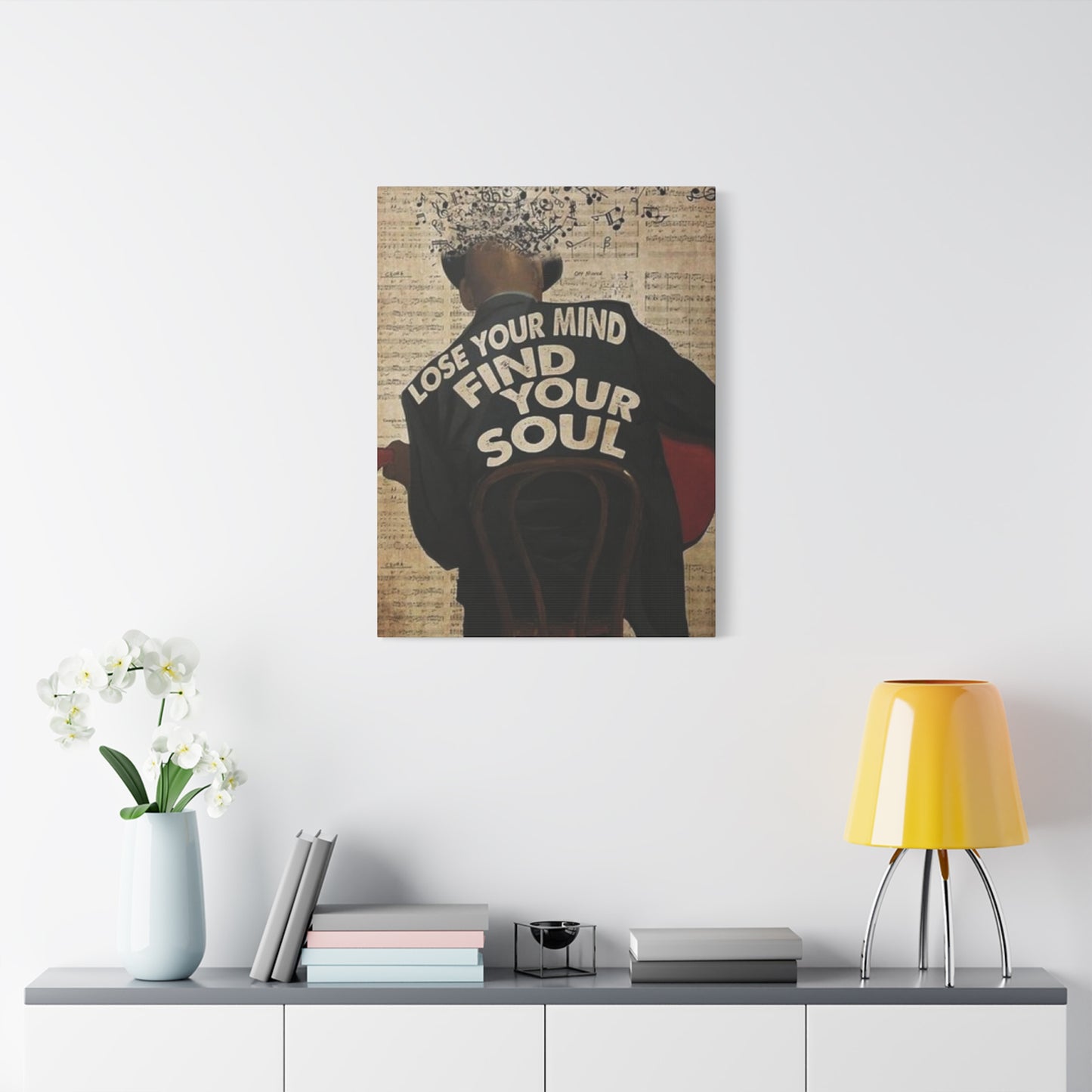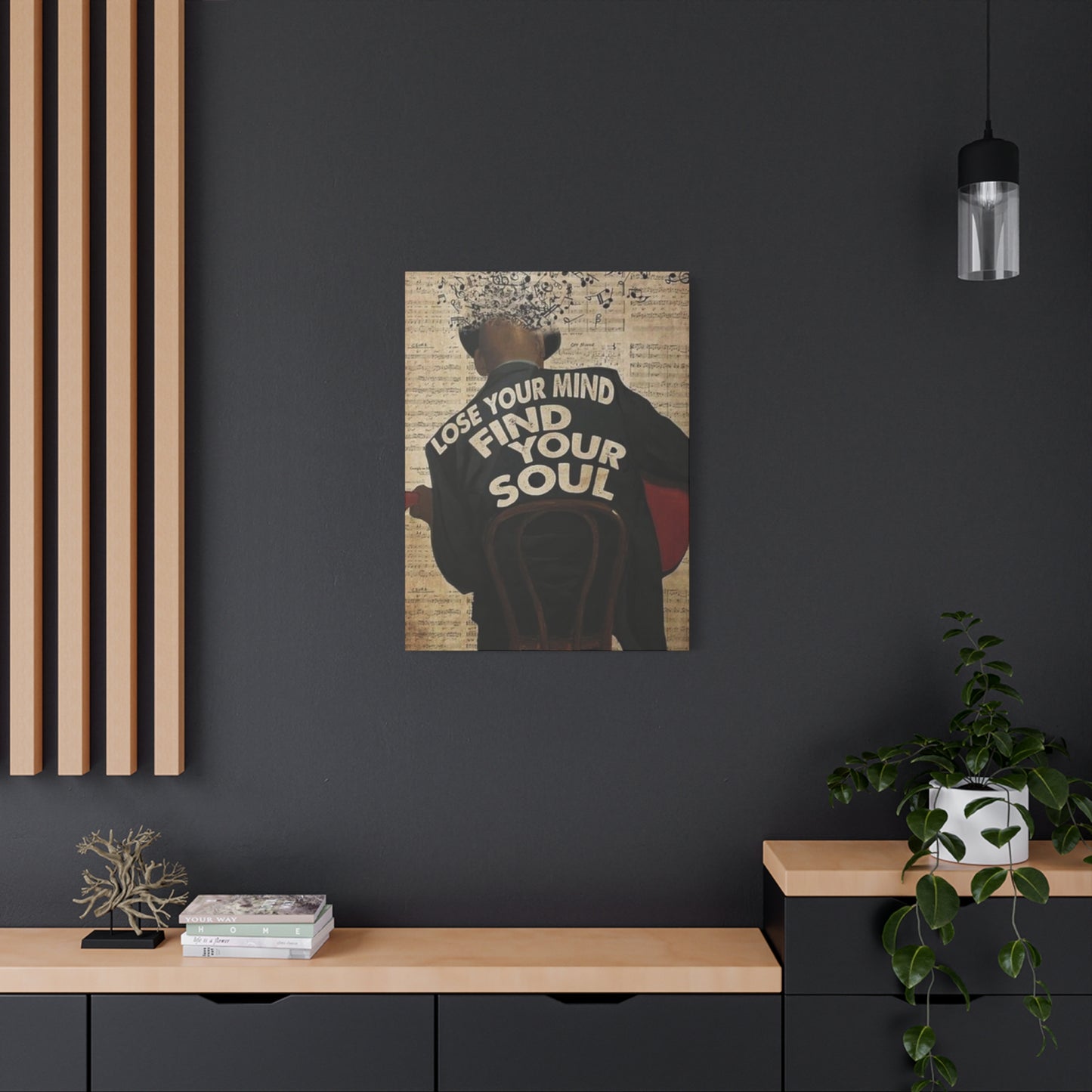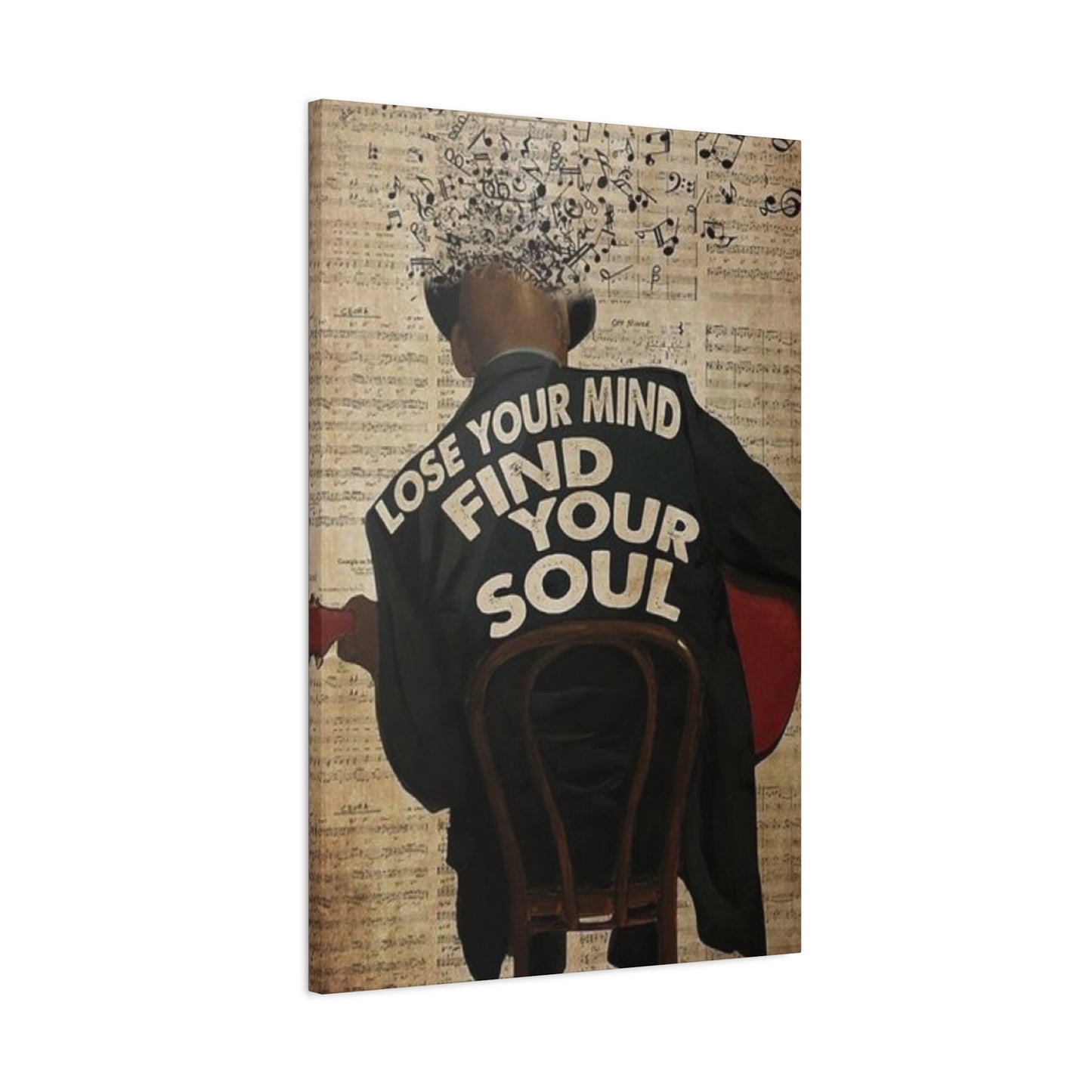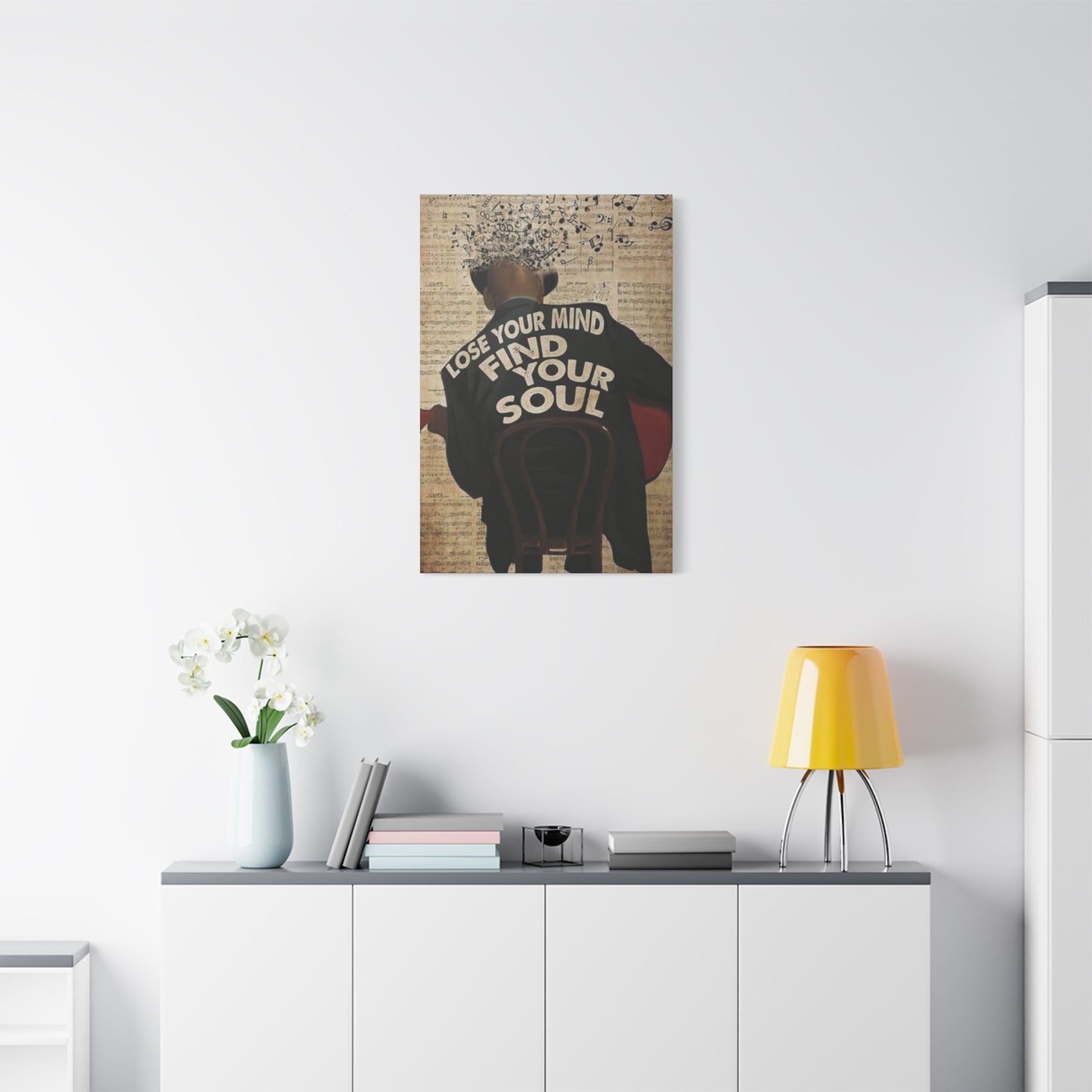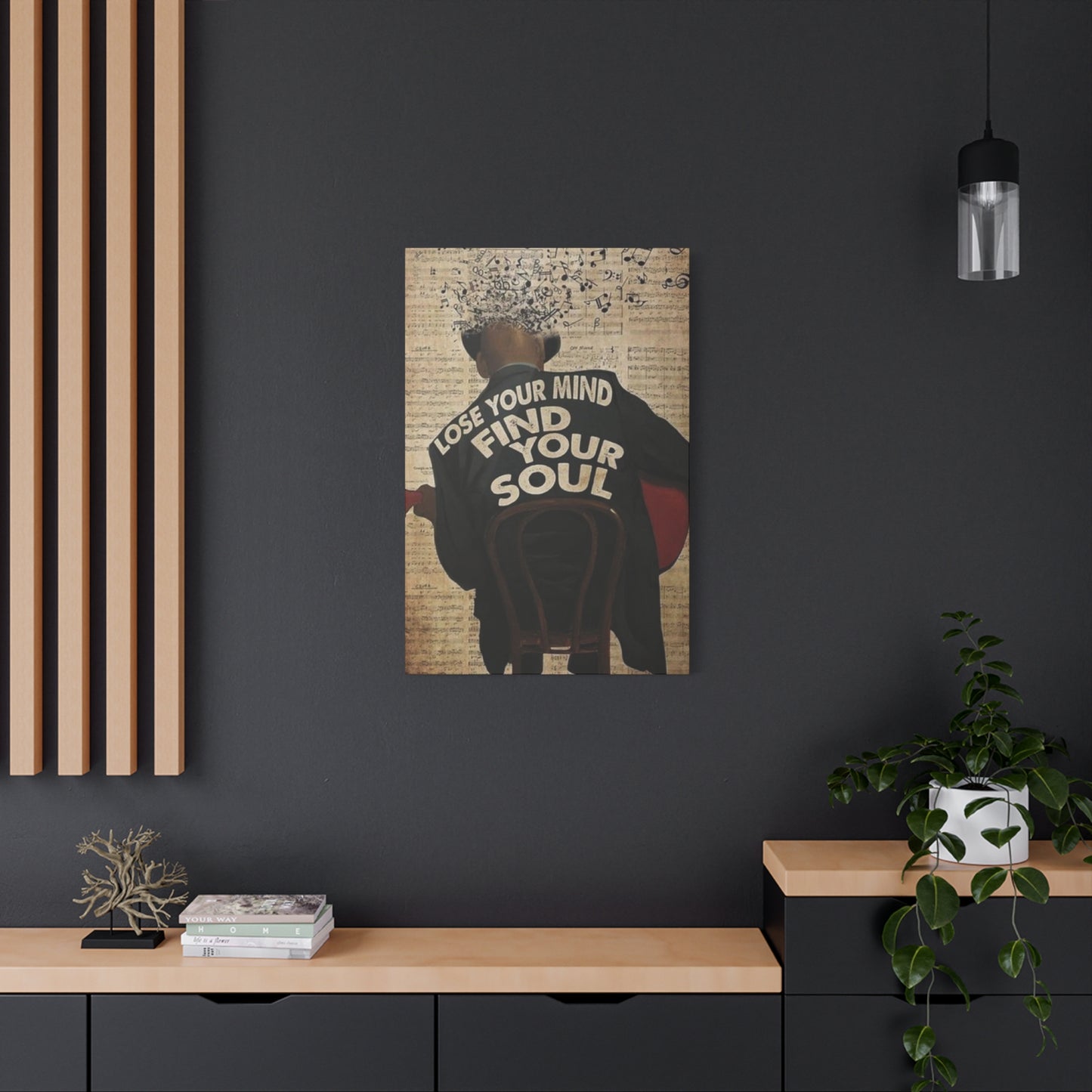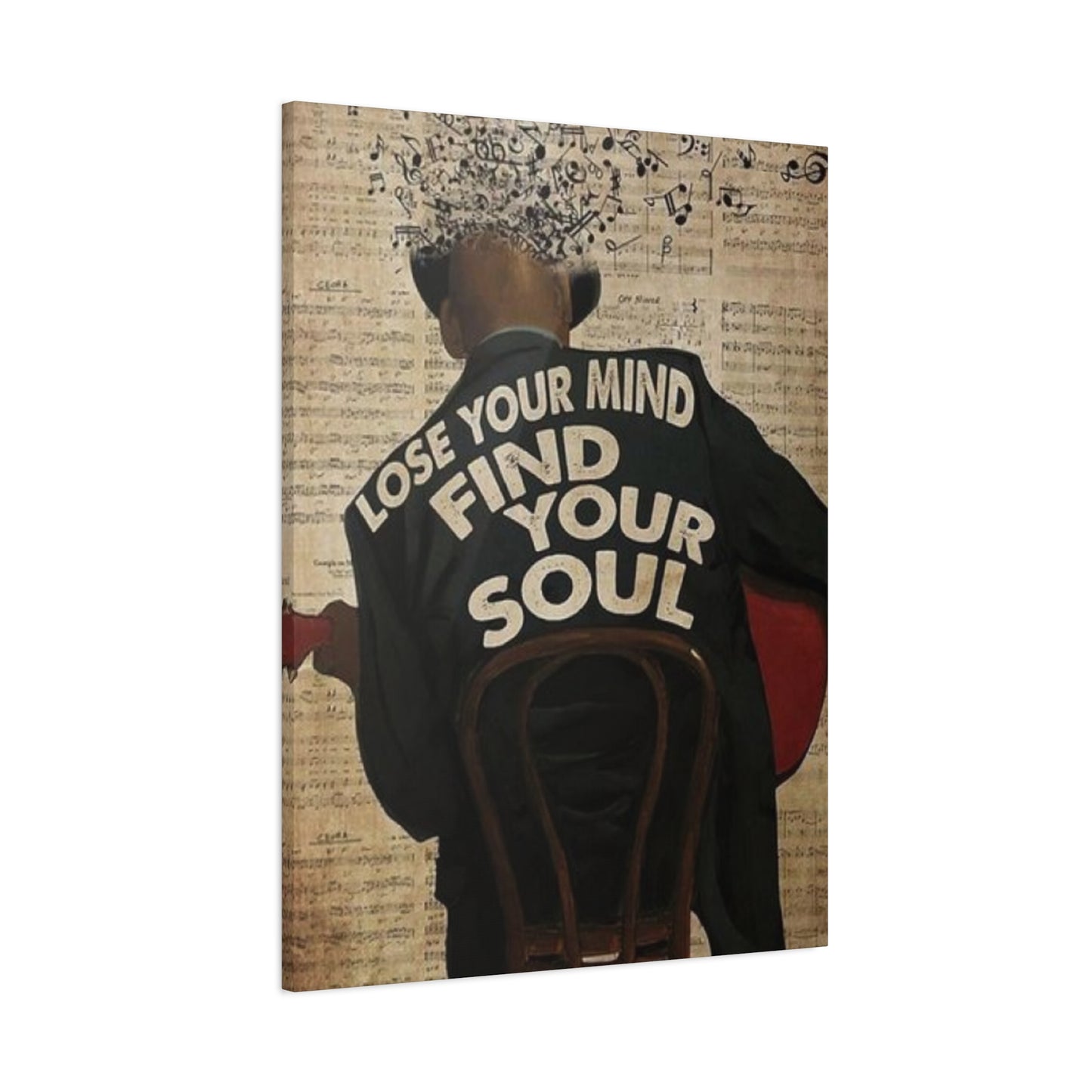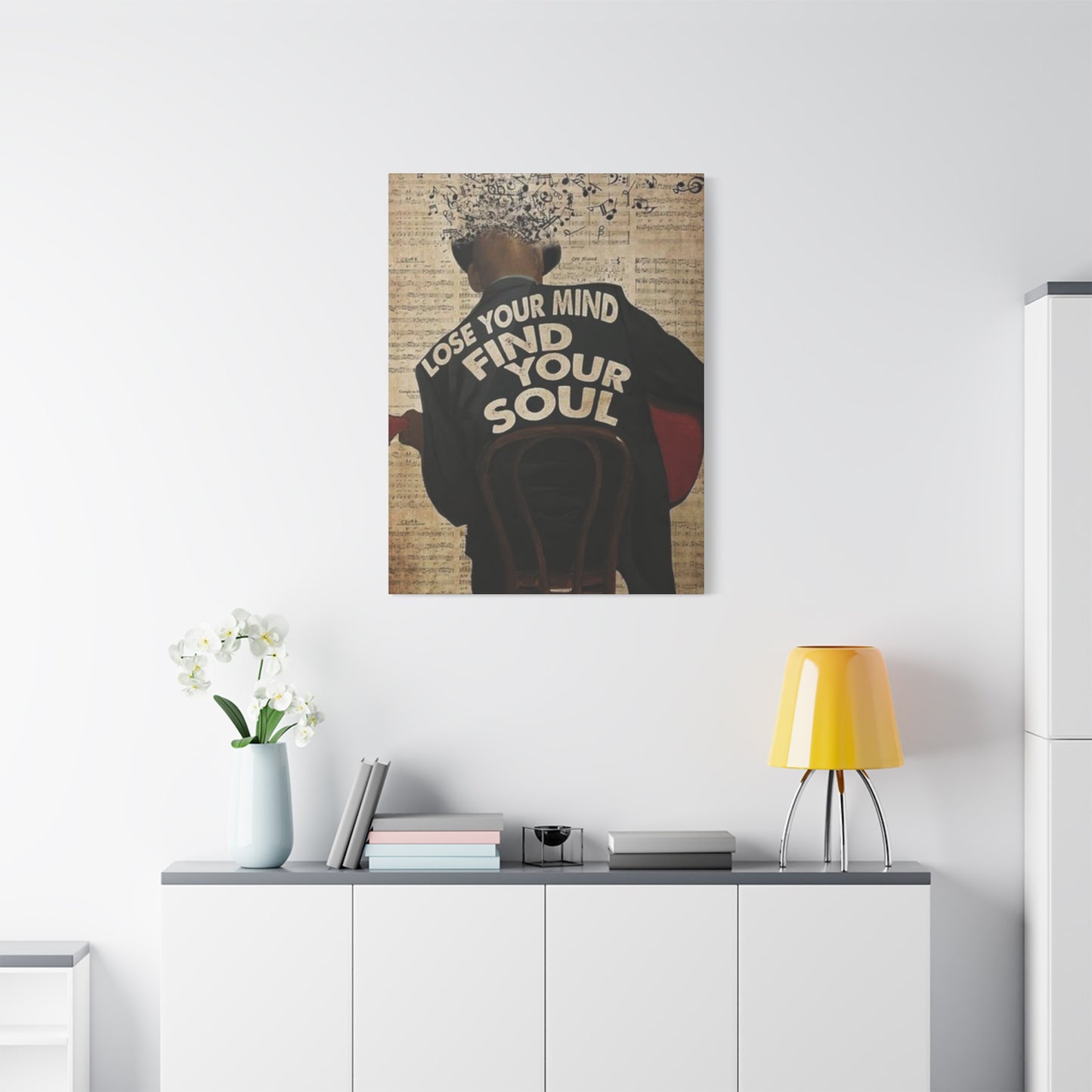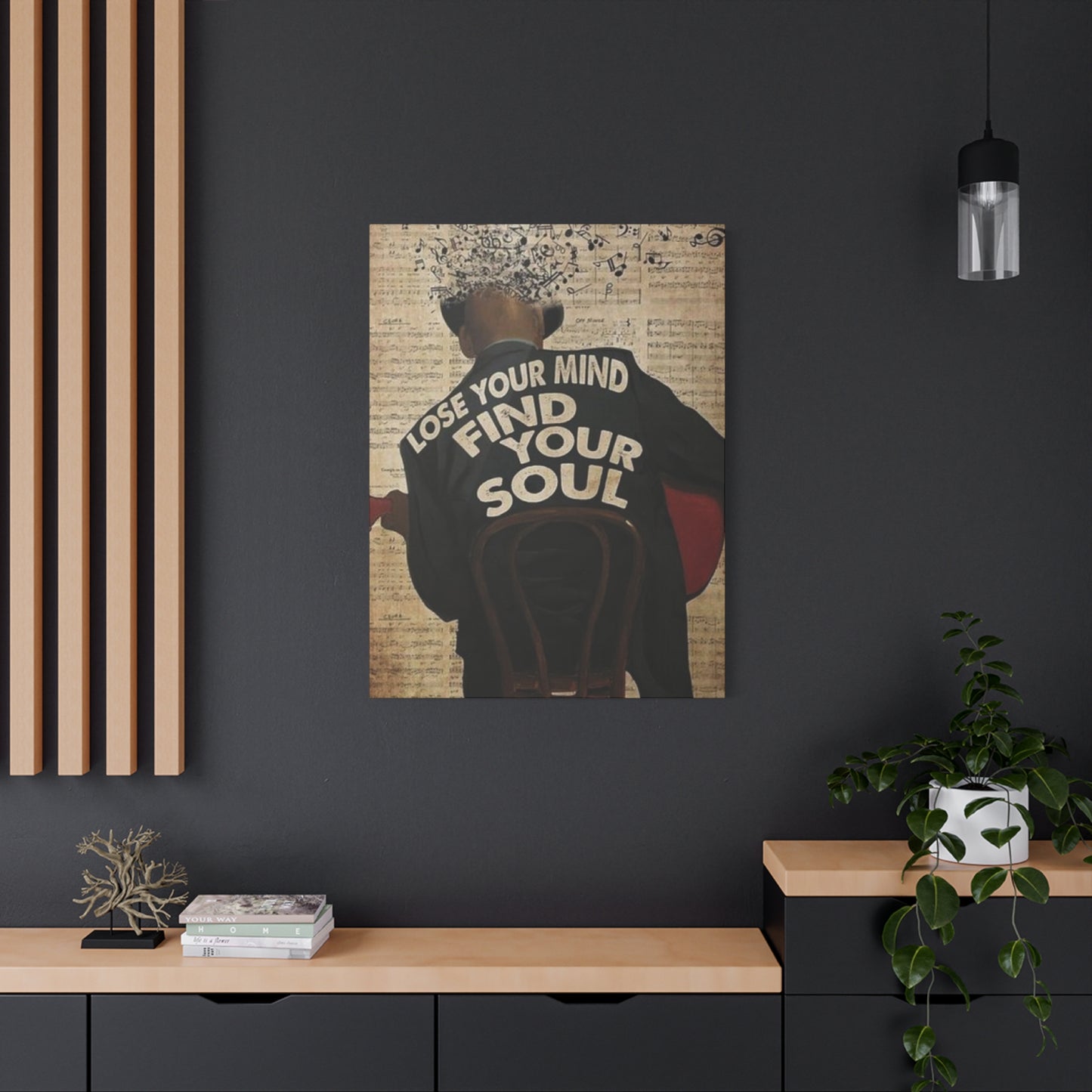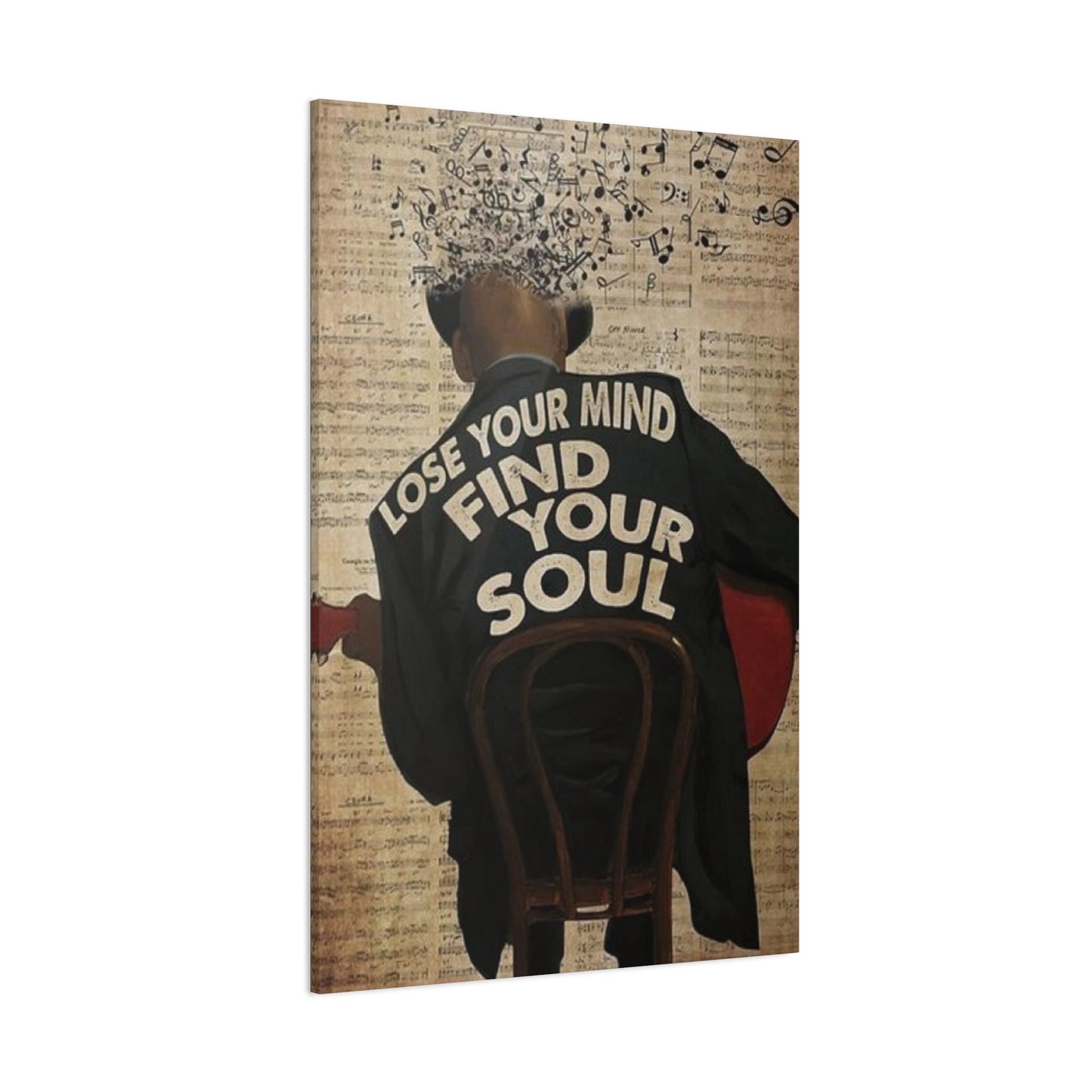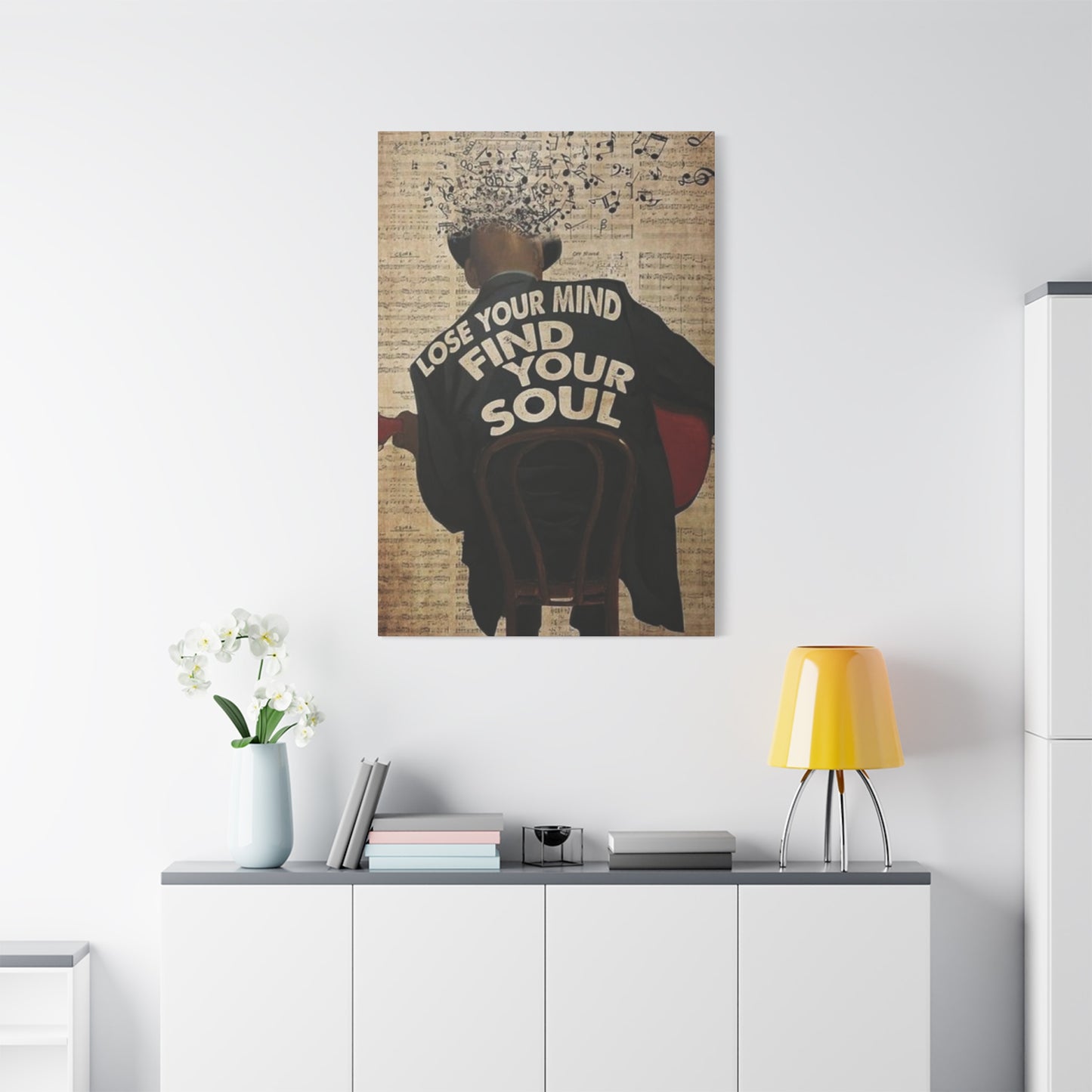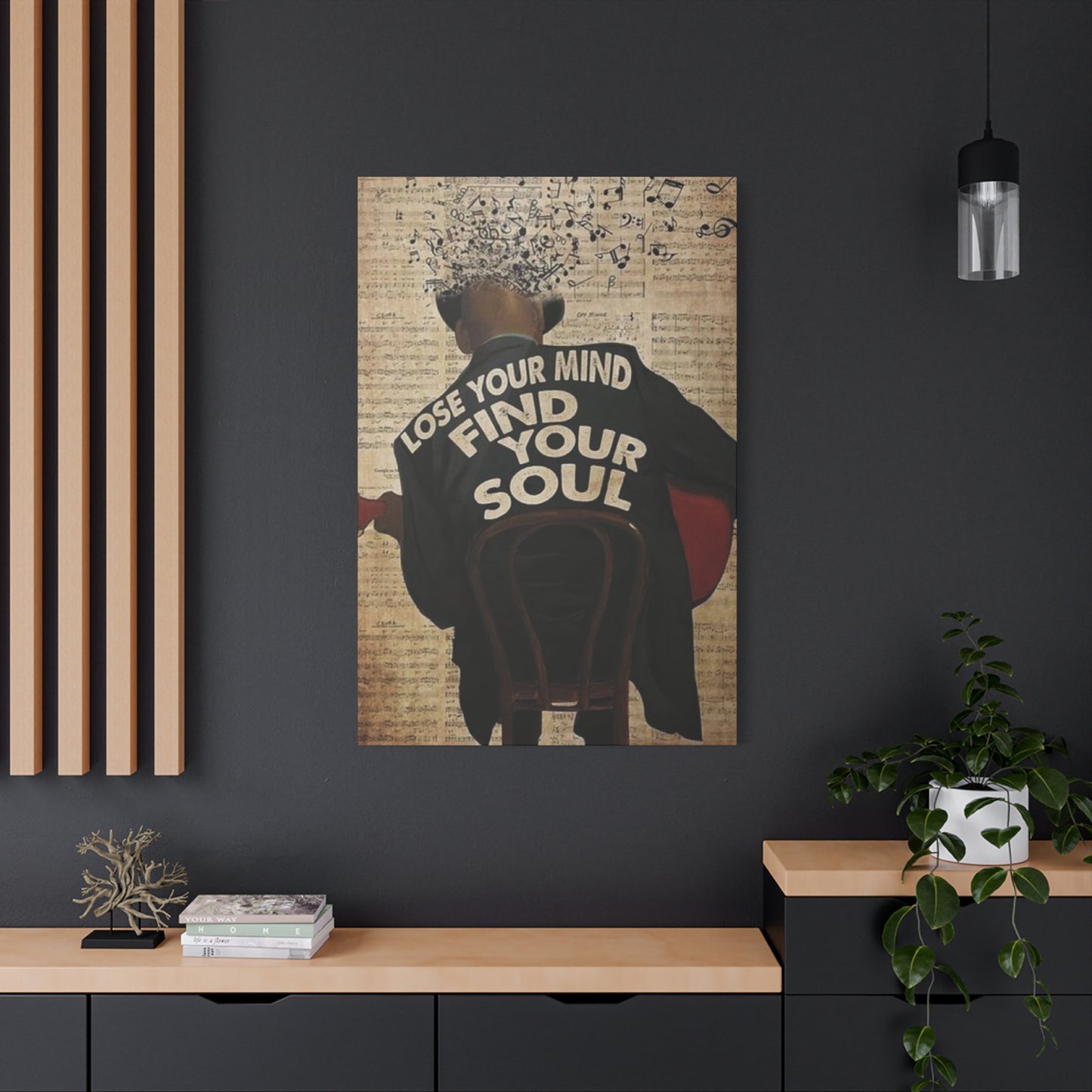Find Your Soul: Man Cave Wall Art to Inspire Your Space
Creating a personal sanctuary requires careful attention to visual elements that reflect your personality and inspire daily motivation. The right wall art can transform an ordinary room into an extraordinary haven that serves as both a relaxation zone and a source of personal empowerment. This comprehensive guide explores eighteen proven strategies for selecting, arranging, and maintaining wall art that resonates with your individual style while creating an atmosphere of comfort and inspiration.
Quick Tips to Hang Man Cave Posters Right
Proper poster installation forms the foundation of any successful wall decoration project. The positioning, spacing, and securing methods you choose will determine whether your artwork becomes a focal point or simply fades into the background. Many enthusiasts make critical errors during installation that compromise both the visual impact and longevity of their displays.
The ideal height for most wall decorations ranges from 57 to 60 inches from the floor to the center of the artwork. This measurement follows museum standards and ensures comfortable viewing for people of average height. When working with multiple pieces, maintain consistent spacing of 2 to 3 inches between frames to create visual unity without overcrowding.
Consider the room's primary function when determining placement. In entertainment areas, position artwork at eye level when seated, typically 48 to 52 inches from the floor. For areas where people primarily stand, such as entryways or bar zones, standard museum height works perfectly.
Use appropriate hanging hardware based on your wall type and artwork weight. Drywall requires sturdy wall anchors for anything over 10 pounds, while concrete or brick walls need specialized masonry hardware. Always test your mounting system with slightly more weight than your actual artwork to ensure long-term security.
Level installation prevents the amateur appearance that tilted artwork creates. Use a quality level during installation and check periodically for shifts caused by building settlement or vibration. Many professional installers mark the wall lightly with pencil before making any holes, allowing for adjustments before permanent mounting.
Affordable "Find Your Soul" Wall Art Ideas
Budget-conscious decorating doesn't require sacrificing style or personal expression. Numerous creative approaches allow you to incorporate meaningful artwork without substantial financial investment. The key lies in understanding which elements create visual impact versus those that simply increase cost.
Digital prints offer exceptional value for motivational and inspirational artwork. Online marketplaces provide thousands of downloadable designs that you can print at local shops or home printers. Choose high-resolution files (300 DPI minimum) to ensure professional-looking results. Standard sizes like 16x20 or 18x24 inches provide significant visual impact while remaining affordable to print and frame.
Create custom artwork using free design software or mobile applications. Simple typography-based designs featuring meaningful quotes or personal mantras can be incredibly powerful when executed with clean fonts and appropriate color schemes. Black and white designs offer timeless appeal and coordinate with virtually any decor style.
Repurpose existing materials for unique displays. Old windows, vintage doors, or reclaimed wood can serve as distinctive backgrounds for vinyl lettering or stenciled quotes. This approach combines cost savings with environmental consciousness while creating one-of-a-kind pieces that reflect your personality.
Visit thrift stores, estate sales, and discount retailers for frames and canvases. You can often find quality frames at fraction of retail cost, then add your own artwork or completely repaint existing pieces to match your vision. This strategy allows you to invest more in meaningful content while economizing on display materials.
Consider temporary options like removable wall decals or Command strips that allow for easy changes without permanent wall damage. These solutions work particularly well for renters or those who enjoy frequently updating their decor.
Matching Wall Art with Man Cave Furniture
Creating visual harmony between wall decorations and furniture requires understanding color theory, scale relationships, and style consistency. Successful coordination doesn't mean everything must match exactly, but rather that elements should complement and enhance each other to create a cohesive environment.
Analyze your existing furniture's dominant colors, materials, and style elements before selecting artwork. Leather furniture pairs beautifully with industrial or vintage-inspired pieces, while modern upholstery harmonizes with contemporary abstract or minimalist designs. Wood furniture creates opportunities for nature-inspired artwork or pieces incorporating similar wood tones.
Scale relationships significantly impact visual balance. Large furniture pieces can handle substantial artwork, while smaller furnishings require more delicate decorative elements. A massive sectional sofa can support a gallery wall or oversized single piece, whereas a compact reading chair might be overwhelmed by the same artwork.
Consider the room's traffic patterns and sight lines when positioning artwork relative to furniture. The primary seating area should have an engaging view that encourages relaxation and contemplation. Secondary seating can face different focal points, creating multiple visual interest zones within the same room.
Complement existing textures with artwork choices. Smooth leather surfaces benefit from artwork with texture or visual depth, while heavily textured furniture pairs well with clean, simple designs that provide visual rest. Mixed textures create dynamic environments, but require careful balance to avoid visual chaos.
Use artwork to bridge different furniture styles within the same room. A transitional piece that incorporates elements from multiple design periods can help disparate furniture pieces feel intentionally curated rather than randomly collected.
Using Wood Frames for Rustic Vibes
Wood framing instantly adds warmth and organic appeal to any wall display while supporting various decorative styles from farmhouse to industrial. The wood species, finish, and construction style you choose dramatically influences the overall aesthetic and emotional response your artwork creates.
Reclaimed wood frames offer authentic character with unique grain patterns, weathering marks, and natural imperfections that mass-produced frames cannot replicate. Each piece tells a story through its patina and wear patterns, adding depth and authenticity to your display. Barn wood, drift wood, and salvaged building materials create particularly compelling frames with built-in conversation value.
Different wood species create distinct emotional responses and coordinate with various decor elements. Rich walnut suggests sophistication and luxury, while lighter oak provides casual approachability. Pine offers budget-friendly options with natural charm, and cedar brings aromatic qualities along with natural pest resistance.
Consider the frame's construction style and how it complements your artwork. Rustic frames with visible joinery, natural edges, or deliberate imperfections work beautifully with casual or vintage-inspired content. More refined construction suits formal or contemporary artwork while maintaining the warmth that wood naturally provides.
Finish choices range from natural oils that highlight wood grain to painted surfaces that coordinate with room colors. Clear finishes showcase natural beauty but require more maintenance, while painted frames hide imperfections and provide color coordination opportunities. Distressed finishes bridge the gap between new and vintage aesthetics.
Custom frame sizing allows perfect fit for non-standard artwork dimensions while supporting your specific design vision. Local woodworkers or frame shops can create unique pieces that perfectly complement both your artwork and room decor, often at competitive prices compared to high-end retail options.
Spotlighting Your Quote Art with LEDs
Strategic lighting transforms ordinary wall art into dramatic focal points while ensuring optimal viewing conditions throughout different times of day. LED technology offers energy-efficient solutions with exceptional longevity and minimal heat production, making it ideal for artwork illumination without damage concerns.
Picture lights mounted above or below artwork provide focused illumination that eliminates shadows and highlights important details. Adjustable LED picture lights allow you to fine-tune beam angle and intensity for optimal results with different artwork sizes and textures. Battery-powered options eliminate wiring concerns while providing flexibility for frequently rearranged displays.
Track lighting systems offer maximum versatility for multiple pieces or gallery walls. Individual fixtures can be positioned and aimed independently, allowing customized lighting for each artwork while maintaining clean sight lines. Dimmer controls enable atmosphere adjustment for different activities and times of day.
Backlighting creates dramatic silhouette effects and adds depth to translucent or semi-transparent artwork. LED strips mounted behind floating frames or canvas prints create subtle glow effects that make artwork appear to hover on the wall. This technique works particularly well with minimalist or contemporary pieces.
Color temperature selection influences mood and artwork appearance. Warm white LEDs (2700K-3000K) create cozy, intimate atmospheres perfect for relaxation areas, while cool white (4000K-5000K) provides crisp illumination that enhances detail visibility. Full-spectrum LEDs allow color temperature adjustment for different occasions or artwork types.
Smart LED systems integrate with home automation for programmable lighting scenes. Schedule automatic dimming for evening relaxation or bright illumination during entertaining. Voice control and smartphone apps provide convenient operation without manual switches.
Minimalist "Find Your Soul" Wall Art Designs
Minimalist aesthetics focus on essential elements while eliminating visual clutter, creating powerful statements through simplicity and intentional negative space. This approach particularly suits modern lifestyles where visual calm provides respite from daily complexity and overwhelming stimulation.
Typography-based minimalist designs rely on font selection, spacing, and proportion to create impact. Clean sans-serif fonts communicate modern sophistication, while carefully chosen script fonts can add personality without compromising simplicity. Letter spacing and line height adjustments fine-tune readability and visual weight.
Limited color palettes strengthen minimalist approaches by reducing visual competition and increasing focus on essential message content. Monochromatic schemes using different shades of single colors create depth while maintaining simplicity. Black and white combinations offer timeless appeal and coordinate with virtually any decor.
Negative space utilization makes minimalist designs particularly powerful by allowing breathing room around key elements. Strategic emptiness draws attention to important content while creating sophisticated, uncluttered appearances. This principle applies to both individual pieces and gallery wall arrangements.
Geometric elements can enhance minimalist designs without compromising simplicity. Simple lines, circles, or rectangles can frame text or create visual interest while maintaining clean aesthetics. Subtle geometric patterns or borders add structure without overwhelming the primary message.
Consider materials and textures that support minimalist aesthetics. Smooth surfaces, clean edges, and consistent finishes reinforce the uncluttered visual approach. Matte finishes often work better than glossy surfaces, which can create distracting reflections that compete with content clarity.
Adding Color Pops to Neutral Walls
Strategic color introduction energizes neutral environments while maintaining sophisticated balance and preventing overwhelming visual chaos. The key lies in understanding color psychology, proportion principles, and coordination techniques that create intentional rather than accidental appearances.
Color psychology influences emotional responses and should align with your room's intended purpose. Warm colors like red, orange, and yellow create energy and stimulation, making them excellent choices for social areas or workout zones. Cool colors including blue, green, and purple promote calm and focus, suiting relaxation or study environments.
The 60-30-10 rule provides reliable guidance for color distribution. Neutral walls and large furnishings represent the 60 percent foundation, secondary colors comprise 30 percent of visual elements, and bold accent colors create 10 percent of the total color impact. This proportion prevents any single color from overwhelming the environment while ensuring adequate contrast for visual interest.
Consider seasonal color rotation to maintain fresh appearances and accommodate changing personal preferences. Warm earth tones work beautifully during autumn and winter months, while bright blues and greens refresh environments during spring and summer. Removable artwork makes seasonal transitions simple and cost-effective.
Color coordination extends beyond simple matching to include complementary and analogous color schemes. Complementary colors opposite each other on the color wheel create high contrast and energy, while analogous colors adjacent on the wheel provide harmonious, peaceful combinations. Understanding these relationships helps create intentional color stories throughout your room.
Test color choices in actual lighting conditions before making final selections. Colors appear dramatically different under various lighting types and intensities. What looks perfect in store lighting may appear entirely different in your home environment, potentially disrupting your carefully planned color scheme.
Man Cave Art That Motivates Daily
Motivational artwork serves dual purposes by enhancing visual appeal while providing psychological benefits through daily inspiration and goal reinforcement. The content, placement, and presentation methods you choose significantly influence effectiveness and long-term impact on personal motivation and achievement.
Goal-oriented artwork featuring personal aspirations, achievements, or values creates daily reminders of important priorities. Custom pieces incorporating specific goals, milestones, or personal mantras maintain relevance and emotional connection that generic motivational content cannot match. Consider updating these pieces as goals evolve or achievements accumulate.
Success imagery including symbols, photographs, or illustrations related to desired outcomes helps maintain focus and motivation during challenging periods. Vision boards combining multiple images and text elements can be professionally framed to create sophisticated displays that support goal achievement while complementing room decor.
Historical figures, athletes, or leaders who embody desired qualities provide inspiration through example. Carefully chosen portraits or quote combinations create role model reminders that encourage persistence and excellence. Research subjects thoroughly to ensure their values and achievements align with your personal standards and aspirations.
Progress tracking elements integrated into artwork maintain motivation through visible advancement measurement. Custom pieces incorporating checklists, milestone markers, or achievement certificates create accountability while serving decorative functions. Update these elements regularly to maintain accuracy and continued motivation.
Placement optimization ensures maximum motivational impact through strategic positioning in frequently viewed locations. Consider sight lines from workout equipment, work areas, or morning routine locations to maximize exposure during key motivation moments. Multiple smaller pieces can provide motivation reminders throughout different room areas.
Combining Art with Sports Memorabilia
Integrating artistic elements with sports collections creates sophisticated displays that honor athletic achievements while maintaining aesthetic appeal. Successful combinations require understanding scale relationships, color coordination, and presentation techniques that elevate memorabilia beyond simple storage to meaningful display status.
Shadow boxes provide professional presentation for three-dimensional items while protecting valuable pieces from dust and damage. Custom-sized boxes accommodate various memorabilia shapes and sizes while creating uniform appearance across multiple displays. Consider UV-protective glazing for items exposed to direct sunlight or bright artificial lighting.
Grouping strategies organize collections into meaningful arrangements that tell stories or highlight specific achievements. Chronological displays showcase career progression or team evolution, while themed groups focus on specific sports, players, or memorable events. Mixed arrangements combining different items can create dynamic visual interest when unified by consistent framing or background elements.
Background artwork enhances memorabilia displays by providing context and visual support. Stadium photographs, team logos, or relevant quotes create thematic continuity while filling empty spaces that might otherwise appear incomplete. Ensure background elements complement rather than compete with featured memorabilia.
Lighting techniques highlight important pieces while creating dramatic presentations. Focused spotlights draw attention to centerpiece items, while ambient lighting provides overall visibility without harsh shadows. LED systems offer long-term reliability without heat damage concerns for sensitive materials.
Conservation considerations protect valuable items from deterioration while maintaining display appeal. Acid-free mounting materials prevent chemical damage, while controlled lighting exposure minimizes fading. Temperature and humidity control becomes important for particularly valuable or irreplaceable pieces.
Easy DIY Wall Art with Vinyl Letters
Vinyl lettering offers unprecedented customization options for creating personalized wall art that perfectly matches individual style preferences and room-specific requirements. Modern cutting technology and adhesive improvements make professional-looking results achievable for virtually any skill level while maintaining budget-friendly pricing.
Design software selection influences both ease of use and final result quality. Free online tools provide basic functionality suitable for simple designs, while professional software offers advanced features for complex layouts. Many cutting machine manufacturers provide proprietary software optimized for their equipment with built-in tutorials and project libraries.
Font selection dramatically impacts message effectiveness and visual appeal. Sans-serif fonts generally provide clean, modern appearances that work well for contemporary settings, while serif fonts add traditional elegance. Script fonts can introduce personality but require careful selection to ensure readability at intended viewing distances.
Color coordination ensures vinyl lettering complements existing decor rather than competing for attention. Consider wall color, furniture tones, and lighting conditions when selecting vinyl colors. High contrast combinations ensure readability, while subtle contrasts create sophisticated, integrated appearances.
Application techniques determine both initial appearance and long-term durability. Proper surface preparation including cleaning and degreasing ensures optimal adhesion. Transfer tape application and removal requires patience and steady pressure to prevent bubbles or incomplete transfers that compromise professional appearance.
Layout planning prevents costly mistakes and ensures optimal visual impact. Create full-size paper templates for complex designs to test positioning before applying permanent vinyl. Consider room traffic patterns and sight lines to optimize placement for maximum visibility and impact.
Where to Buy Unique Quote Posters
Sourcing distinctive artwork requires understanding various marketplace options, quality indicators, and purchasing strategies that ensure satisfaction while supporting artists and maintaining budget constraints. The proliferation of online platforms has expanded access to unique designs while creating new challenges in quality assessment and vendor reliability.
Independent artist platforms provide access to original designs unavailable through mass-market retailers. Many artists offer customization services for personalized quotes, color schemes, or sizing requirements. Supporting independent creators often yields higher quality artwork with unique perspectives while contributing to creative communities.
Print-on-demand services offer extensive design libraries with professional printing and fulfillment services. Quality varies significantly between providers, making sample orders advisable before large purchases. Compare print substrates, ink quality, and shipping methods to ensure results meet expectations and longevity requirements.
Local art fairs and craft markets provide opportunities to meet artists personally while examining artwork quality firsthand. Many artists offer custom work or can modify existing designs to suit specific requirements. Building relationships with local artists can provide ongoing access to new work and commission opportunities.
Specialty framing shops often maintain relationships with artists and can facilitate custom orders or recommend suitable designers for specific projects. Professional framers understand quality requirements and can advise on substrate selection, sizing optimization, and preservation considerations.
Online marketplaces require careful vendor evaluation to ensure quality and reliability. Review seller ratings, return policies, and sample images carefully. Communicate sizing requirements clearly and confirm delivery timelines to avoid disappointment during project planning.
Layering Art for Visual Interest
Sophisticated wall displays often incorporate multiple elements arranged in thoughtful compositions that create depth, visual movement, and enhanced storytelling capability. Successful layering requires understanding proportion relationships, depth creation techniques, and balance principles that prevent chaos while maximizing visual impact.
Depth creation utilizes overlapping elements, varied sizes, and strategic spacing to simulate three-dimensional relationships on flat wall surfaces. Floating frames, shadow boxes, and varied mounting distances create actual depth variations that enhance perceived dimensionality. Combining these techniques with appropriate lighting amplifies depth effects significantly.
Size variation prevents monotonous arrangements while creating natural focal point hierarchies. Large pieces anchor compositions and provide visual weight, while smaller elements add detail and movement. The golden ratio (approximately 1:1.6) provides mathematical guidance for pleasing size relationships between different elements.
Color layering uses strategic repetition and variation to create visual flow throughout complex arrangements. Repeating accent colors in different elements creates unity, while varying intensities and saturations maintains interest. Consider how colors interact with each other and with surrounding room elements to ensure harmonious integration.
Texture combination adds tactile interest and prevents flat appearances that can result from too many similar materials. Combining smooth prints with textured canvases, metallic accents with matte finishes, or glossy frames with rough natural materials creates dynamic contrast that engages multiple senses.
Thematic consistency unifies diverse elements while preventing random or cluttered appearances. Common themes might include color schemes, subject matter, time periods, or artistic styles. Loose thematic connections often work better than rigid matching, allowing personal expression while maintaining visual coherence.
Man Cave Wall Art for Stress Relief
Therapeutic artwork selection focuses on psychological benefits while maintaining aesthetic appeal, creating environments that actively support mental wellness and stress reduction. Understanding color psychology, imagery effects, and arrangement principles helps create spaces that serve as effective retreats from daily pressures.
Natural imagery including landscapes, water scenes, and botanical subjects has demonstrated stress-reducing properties through numerous psychological studies. These elements connect viewers with nature's calming influences even within urban environments. Large-scale nature photography or paintings can create window-like effects that expand perceived space while introducing peaceful elements.
Color therapy principles guide selection of hues that promote relaxation and mental calm. Cool blues and greens naturally lower blood pressure and heart rate, while warm earth tones create feelings of security and stability. Avoid overstimulating colors like bright reds or harsh yellows in areas intended for relaxation and stress relief.
Abstract artwork allows personal interpretation while providing visual interest without demanding specific emotional responses. Non-representational designs can serve as meditation focuses, allowing minds to wander and decompress without processing complex imagery or narratives. Flowing forms and gentle transitions work particularly well for stress relief applications.
Symmetrical compositions create psychological comfort through balance and predictability, while asymmetrical arrangements can provide gentle stimulation that prevents boredom. The key lies in achieving harmony that feels stable and peaceful rather than chaotic or demanding attention.
Lighting coordination ensures artwork contributes to rather than detracts from relaxation goals. Harsh or flickering lights create stress, while soft, steady illumination supports calm environments. Consider installing dimmer switches that allow adjustment based on time of day and desired atmosphere.
Trending Quote Art Styles for Men
Contemporary masculine aesthetics embrace diverse stylistic approaches while maintaining strong visual impact and personal relevance. Current trends reflect broader design movements while accommodating traditional masculine preferences for substantial, meaningful artwork that reflects personal values and aspirations.
Industrial aesthetics incorporate raw materials, exposed hardware, and utilitarian design elements that reflect contemporary urban living. Metal frames, concrete textures, and weathered finishes create authentic industrial character while supporting bold typography and meaningful quotes. This style particularly suits converted loft spaces or rooms with exposed structural elements.
Vintage revival movements celebrate historical design periods while adapting them for contemporary living. Art deco typography, mid-century modern color schemes, and retro promotional poster styles provide nostalgic charm while maintaining current relevance. These approaches work particularly well for classic automotive, sports, or lifestyle themes.
Minimalist approaches emphasize essential elements while eliminating visual distractions. Clean typography, strategic negative space, and limited color palettes create sophisticated appearances that complement modern architecture and contemporary furnishings. This style suits professionals seeking sophisticated environments that reflect success and attention to detail.
Rustic and outdoors themes connect with natural environments and traditional masculine activities. Wood grain textures, natural color palettes, and outdoor imagery appeal to those seeking connection with nature and traditional skills. Wildlife photography, landscape scenes, and outdoor activity themes work particularly well within this aesthetic framework.
Typography evolution embraces hand-lettered appearances, custom fonts, and mixed lettering styles that create unique, personalized appearances. These approaches allow individual expression while maintaining readability and visual impact. Consider commissioning custom lettering for particularly meaningful quotes or personal mantras.
How to Clean and Maintain Canvas Prints
Proper maintenance extends artwork lifespan while preserving appearance quality and preventing damage that could compromise both aesthetic and monetary value. Different materials and construction methods require specific care approaches, making understanding essential for long-term satisfaction and investment protection.
Dust removal requires gentle techniques that prevent surface damage while maintaining cleanliness. Soft-bristled brushes or microfiber cloths work well for regular dusting, always moving in gentle, consistent strokes rather than circular motions that could disturb surface textures. Vacuum cleaners with brush attachments can remove dust from textured surfaces when used carefully at low suction settings.
Moisture management prevents mold growth and structural damage that can occur in humid environments or after accidental exposure. Ensure adequate ventilation around artwork and avoid hanging pieces in areas prone to condensation such as bathrooms or basement walls. If moisture exposure occurs, allow complete drying before assessing damage or attempting repairs.
Sunlight protection prevents fading and UV damage that gradually degrades colors and materials. Position artwork away from direct sunlight or install UV-filtering window films to reduce exposure. Rotate pieces periodically if uneven exposure cannot be avoided, ensuring balanced aging across the entire surface.
Temperature stability prevents expansion and contraction cycles that can cause warping, cracking, or delamination. Avoid hanging artwork near heat sources such as fireplaces, heating vents, or areas that experience significant temperature fluctuations. Consistent indoor climate control benefits both artwork and general comfort.
Professional restoration should be considered for valuable or irreplaceable pieces showing signs of damage or age. Attempting DIY repairs on important artwork often causes additional damage that professionals cannot correct. Document any damage with photographs and research qualified conservators before attempting any restoration work.
Using Metallic Accents in Wall Art
Metallic elements add luxury and sophistication while creating dynamic visual interest through light reflection and textural contrast. Strategic incorporation of metals enhances existing artwork or creates distinctive accent pieces that elevate entire room aesthetics without overwhelming existing design elements.
Gold accents convey warmth and traditional luxury while complementing both warm and cool color schemes. Antique gold finishes provide vintage character, while bright gold creates contemporary glamour. Consider gold frames, lettering, or decorative elements that coordinate with existing hardware or lighting fixtures for unified appearance.
Silver and chrome elements offer modern sophistication with cool color compatibility. These finishes work particularly well with contemporary architecture and modern furnishings while providing crisp contrast against both light and dark wall colors. Brushed finishes reduce glare while maintaining metallic appeal.
Copper introduces warm industrial character while developing natural patina over time. This living finish creates evolving artwork that changes appearance gradually, adding organic elements to manufactured pieces. Copper coordinates beautifully with wood elements and earth-tone color schemes while providing unique visual interest.
Mixed metal combinations create complex visual stories when executed thoughtfully. Ensure sufficient separation between different metals to prevent conflicting reflections, and maintain consistent proportions to avoid chaotic appearances. Consider using one metal as primary accent with others as secondary support elements.
Application techniques range from full metallic frames to selective accent details within individual pieces. Metallic leaf application, spray finishes, and manufactured metallic materials each create different visual effects and require different skills levels. Consider professional application for valuable pieces or complex techniques.
Mixing Photos and Quotes on Walls
Combining personal photography with meaningful text creates uniquely personal displays that celebrate both memories and inspirational messages. Successful integration requires understanding visual hierarchy, thematic consistency, and technical considerations that ensure both elements enhance rather than compete with each other.
Gallery wall arrangements provide framework for combining diverse elements while maintaining visual coherence. Establish anchor pieces that serve as composition centers, then arrange supporting elements around them. Consider creating paper templates of all pieces before installation to test various arrangements without creating wall damage.
Photo selection should consider both personal meaning and visual compatibility with chosen quotes. High-quality images with strong composition and appropriate lighting provide better integration with text elements. Consider professional printing for important photographs to ensure color accuracy and longevity.
Text integration can occur through separate quote pieces positioned strategically within photo arrangements, or by adding text directly to photographic images. Digital editing allows custom text overlay with full control over font, color, and positioning. Ensure sufficient contrast between text and background for optimal readability.
Framing consistency helps unify diverse content while maintaining individual piece identity. Consider using identical frames throughout for maximum unity, or establish frame families with coordinated colors or styles. Matting can provide additional unification while creating visual breathing room around individual pieces.
Thematic connections between photos and quotes strengthen overall narrative impact while preventing random or disconnected appearances. Consider life stages, personal values, or specific interests as organizing principles that guide both photo selection and quote choices for meaningful, cohesive displays.
Quick Refresh: Swap Your Wall Art Seasonally
Seasonal artwork rotation maintains fresh appearances while accommodating changing personal preferences and celebratory occasions throughout the year. Strategic planning and storage solutions enable efficient transitions that keep environments dynamic and personally relevant without major renovation projects.
Planning seasonal themes helps coordinate color schemes, imagery, and messaging with changing seasons and personal schedules. Spring themes might emphasize growth and renewal, while autumn arrangements could celebrate harvest and preparation themes. Winter artwork might focus on reflection and planning, with summer pieces highlighting adventure and relaxation.
Storage solutions protect off-season artwork while maintaining organization for easy rotation. Custom storage boxes sized for artwork dimensions prevent damage from improper handling or inadequate protection. Climate-controlled storage prevents moisture damage and temperature fluctuations that could affect artwork integrity.
Efficient hanging systems facilitate quick changes without wall damage or complex installation procedures. Track systems, picture ledges, or changeable hanging hardware reduce installation time while providing secure mounting for various artwork sizes and weights. Consider professional installation for complex systems that support frequent changes.
Calendar planning ensures timely transitions that maintain fresh appearances throughout the year. Schedule changes before each season begins to avoid rushed installations or missed opportunities. Consider personal schedules, entertaining plans, and holiday celebrations when timing transitions for maximum impact and enjoyment.
Documentation systems track artwork locations, storage details, and rotation schedules to prevent confusion or loss over time. Photograph arrangements before changes to enable recreation of particularly successful displays. Maintain inventories of available pieces to facilitate planning future arrangements and identify gaps in seasonal collections.
Conclusion
Creating an inspiring and personally meaningful environment through strategic wall art selection and arrangement represents both an artistic endeavor and a practical investment in daily wellbeing. The eighteen strategies explored throughout this comprehensive guide provide a foundation for making informed decisions that reflect individual personality while achieving professional-quality results within various budget constraints and skill levels.
The journey of curating meaningful wall art extends beyond simple decoration to encompass personal expression, motivation, and the creation of environments that actively support mental and emotional wellness. Whether incorporating motivational quotes that provide daily inspiration, combining cherished photographs with meaningful text, or selecting artwork that promotes stress relief and relaxation, each choice contributes to an overall atmosphere that reflects and reinforces personal values and aspirations.
Technical considerations including proper installation techniques, lighting optimization, and maintenance procedures ensure that artistic investments provide long-term satisfaction and value retention. Understanding these practical aspects prevents common mistakes that can compromise both appearance and durability, while professional presentation techniques elevate even modest budgets to achieve sophisticated results that rival expensive custom installations.
The integration of various artistic elements from typography-based designs to photography, memorabilia, and seasonal collections requires thoughtful planning and execution. Successful combinations depend on understanding design principles including color theory, scale relationships, and compositional balance that create harmony rather than chaos. These foundations enable confident experimentation while maintaining visual coherence throughout complex arrangements.
Budget-conscious approaches need not compromise quality or personal expression when informed by understanding of available resources and creative alternatives. From digital printing and DIY projects to strategic thrift store discoveries and independent artist support, numerous pathways exist for creating distinctive displays that reflect individual style preferences without substantial financial investment.
The psychological benefits of thoughtfully curated environments extend far beyond aesthetic pleasure to encompass daily motivation, stress reduction, and personal inspiration that influences overall quality of life. Creating surroundings that actively support mental wellness and personal growth represents a valuable investment in long-term happiness and achievement that justifies careful attention to artistic selection and presentation details.
Future planning considerations including seasonal rotation strategies, collection expansion possibilities, and evolving personal preferences ensure that artistic investments remain relevant and satisfying over time. Establishing systems for efficient changes and thoughtful curation enables dynamic environments that grow and change alongside personal development and shifting interests.
The collaborative aspects of wall art selection and arrangement create opportunities for shared experiences with family members, friends, and creative professionals who can provide valuable perspectives and technical expertise. Building relationships with local artists, framers, and suppliers creates ongoing resources for future projects while supporting creative communities and small businesses.
Ultimately, the most successful wall art strategies are those that authentically reflect individual personality while creating environments that inspire, comfort, and motivate daily living. The techniques and principles outlined throughout this guide provide tools for achieving these goals while avoiding common pitfalls and maximizing both aesthetic impact and personal satisfaction from artistic investments in living environments.

















